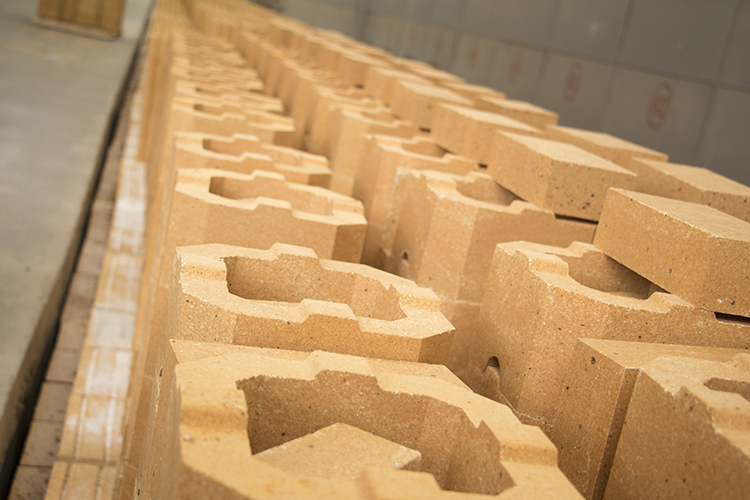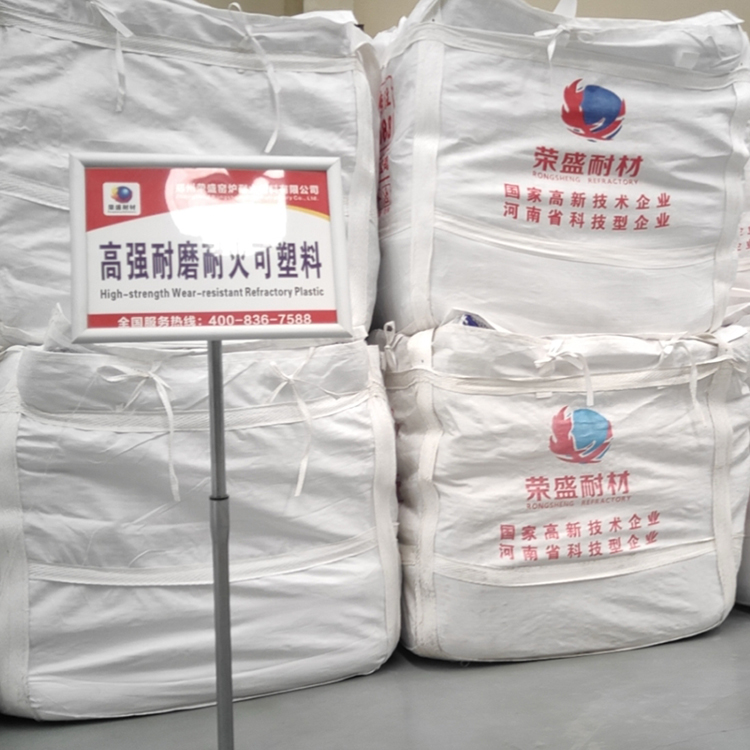It is estimated that the global output of refractory materials has reached about 45×106t per year, and has maintained an upward trend year by year.

The steel industry is still the main market for refractory materials, consuming about 71% of the annual refractory output. In the past 15 years, the world’s crude steel production has doubled, reaching 1,623×106t in 2015, of which about 50% is produced in China. In the next few years, the growth of cement, ceramics and other mineral products will complement this growth trend, and the increase in refractory materials used in the production of metal and non-metal mineral products will further maintain market growth. On the other hand, the consumption of refractory materials in all areas continues to decrease. Since the late 1970s, the application of carbon has become the focus. Unburned carbon-containing bricks have been widely used in iron and steel making vessels to reduce the consumption of refractories. At the same time, low cement Castables began to replace most non-carbon refractory bricks. Unshaped refractory materials, such as castables and injection materials, are not only the improvement of the material itself, but also the improvement of the construction method. Compared with the unshaped refractory lining of the shaped product, the construction is faster and the downtime of the kiln is reduced. Can significantly reduce costs.

Unshaped refractories account for 50% of the global market, especially the growth prospects of castables and preforms. In Japan, as a guide to the global trend, monolithic refractories already accounted for 70% of the total refractory output in 2012, and their market share has continued to increase.
Post time: Jun-06-2024
